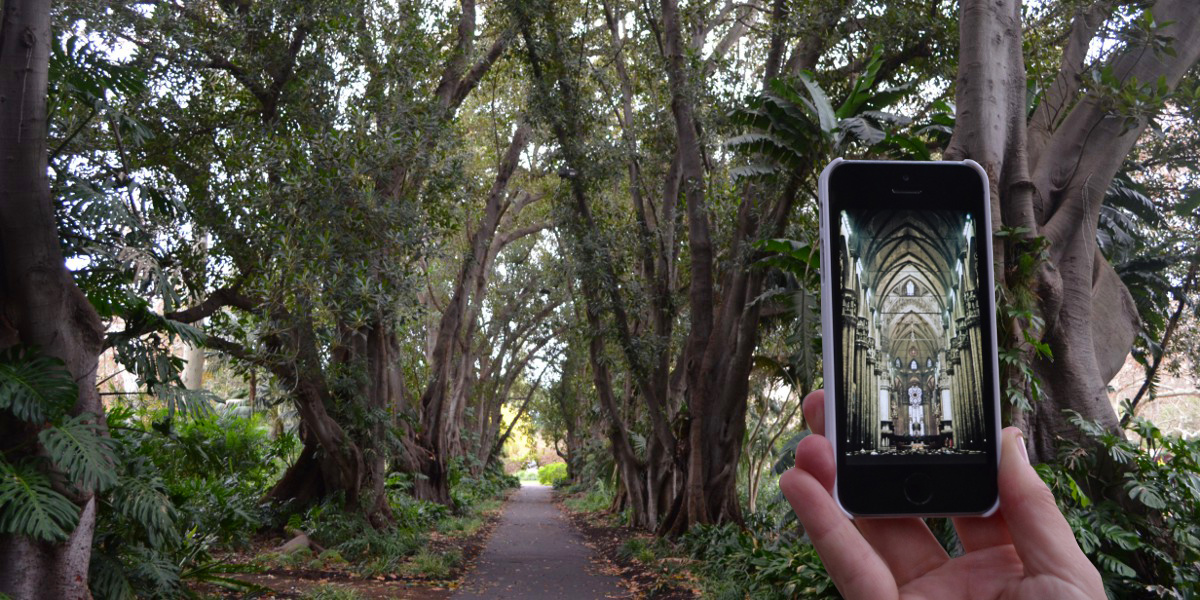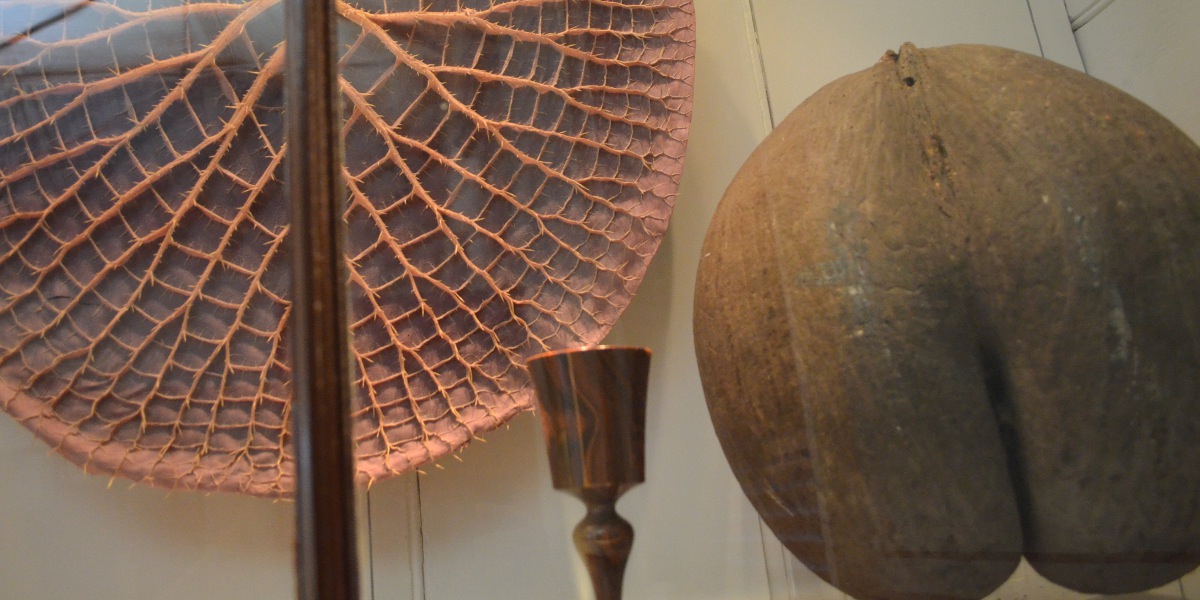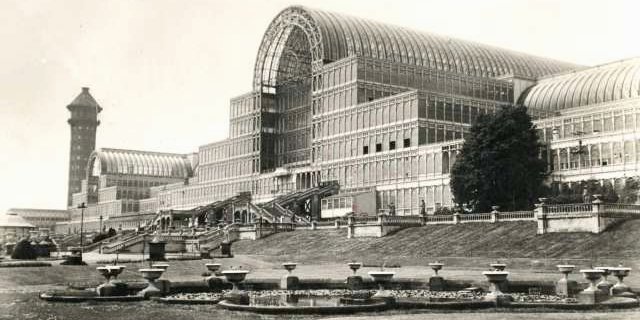SA gallery curator’s favourite buildings

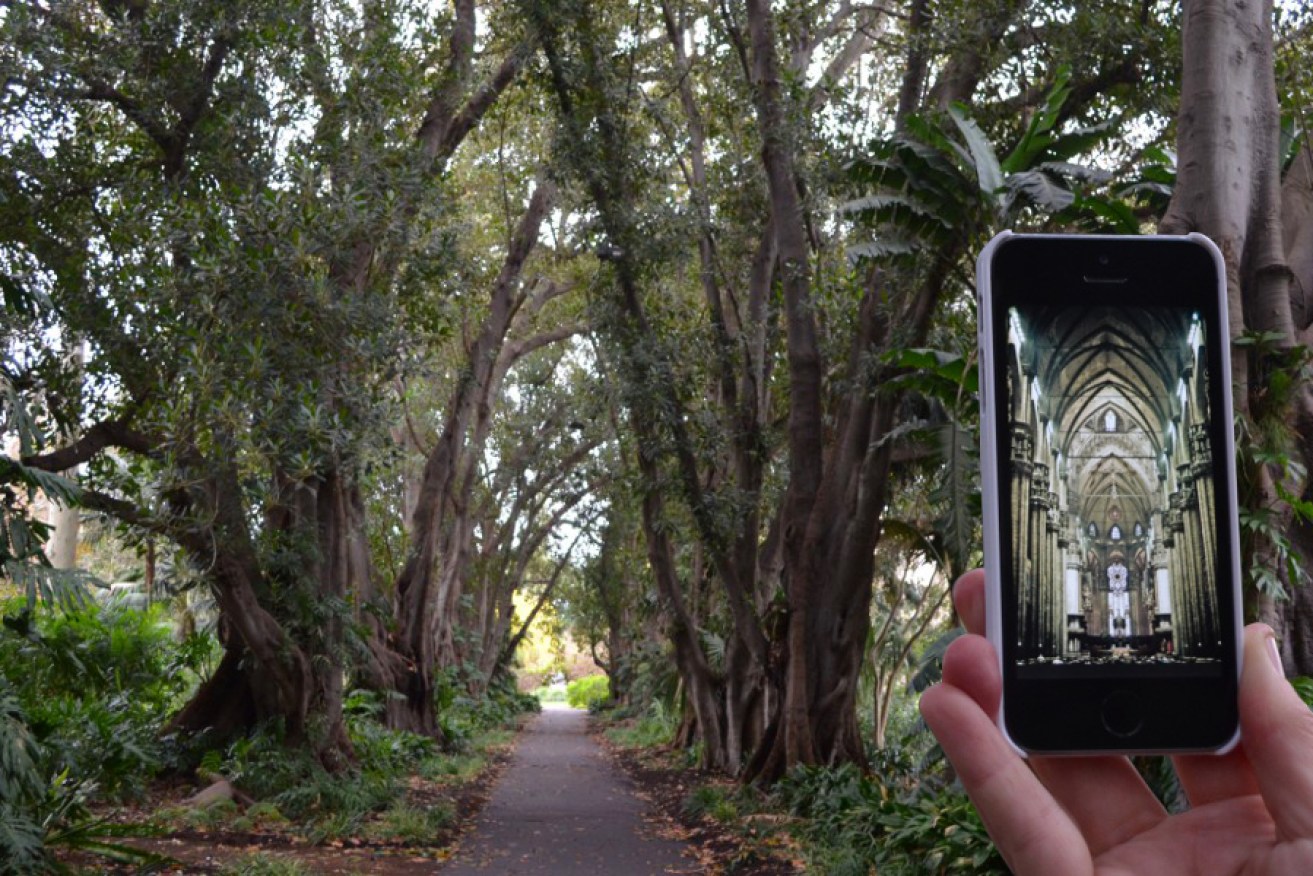
Some of Adelaide's most beautiful buildings... aren't buildings at all. Photo: Bension Siebert/Wayne Psaila, InDaily.
“Great painters possess such power to open our eyes because of the unusual receptivity of their own eyes to aspects of visual experience; to the play of light on the end of a spoon…”*
Lisa Slade is not a painter, but she has the eyes of one.
The Art Gallery of South Australia project curator took InDaily on an extraordinary tour, demonstrating how some of Adelaide’s most affecting buildings… aren’t buildings at all. And how some of our best buildings are the very last of their kind.
She is the third in our #ADLarchigram series, in collaboration with the SA Chapter of the Australian Institute of Architects.*
Murdoch Avenue – Adelaide Botanic Gardens
“This is a Gothic cathedral,” says Slade.
“It has the scale and the grandeur of a Gothic cathedral. It’s dark as well and reminds you of those sort of cloistered spaces.
“The trees here are Moreton Bay figs, that are known for their buttress roots. And it’s the buttressing that really was a breakthrough in Gothic architecture that enabled the spanning of large areas of space.
“The way it opens up through the centre – the way the light comes through as if there is some sort of stained glass at the end.”
One wonders if the architectural features and majestic proportions of this boulevard were designed to deliver the sort of numinous experience grand religious architecture can.
While we were there, a man strolled through with prayer beads in one hand. He declined to be photographed for this feature.
Museum of Economic Botany – Adelaide Botanic Gardens
Adelaide Botanic Gardens houses what’s believed to be the last Museum of Economic Botany left in the world.
The purpose of a museum of economic botany was (still is) to showcase plants from around the world which are useful in many ways – for food, fibre, medicine and tools.
“Economy doesn’t mean what we think it means today; it means good management,” says Slade.

Inside the Museum of Economic Botany – the last such building in the world. Photo: Bension Siebert / InDaily
“It was inspired by a similar building in the Kew Gardens in England… but the Kew building was inspired by the Parthenon.”
It was overseen by the then curator of the Adelaide Botanic Gardens, Moritz Richard Schomburgk, who was inspired by the Kew Gardens Museum of Economic Botany in London.
“The Kew prototype no longer exists, so this is the last one standing.”
The museum features specimens of rare and useful plants from around the globe, but one stands out.
“The coco de mer has been fascinating sailors since the beginning of maritime voyages, because they would think that they had stumbled upon a mermaid,” says Slade.
“It’s a seed that was confused with the bottom of a mermaid, because it floats.”
A church interior…
One of Adelaide’s most spectacular buildings isn’t a building; it’s a painting of a building, taken from another building, now on display in the Art Gallery of South Australia.
“It is a stunning example of architecture here in Adelaide,” says Slade of this magnificent, 17th-century Flemish work.
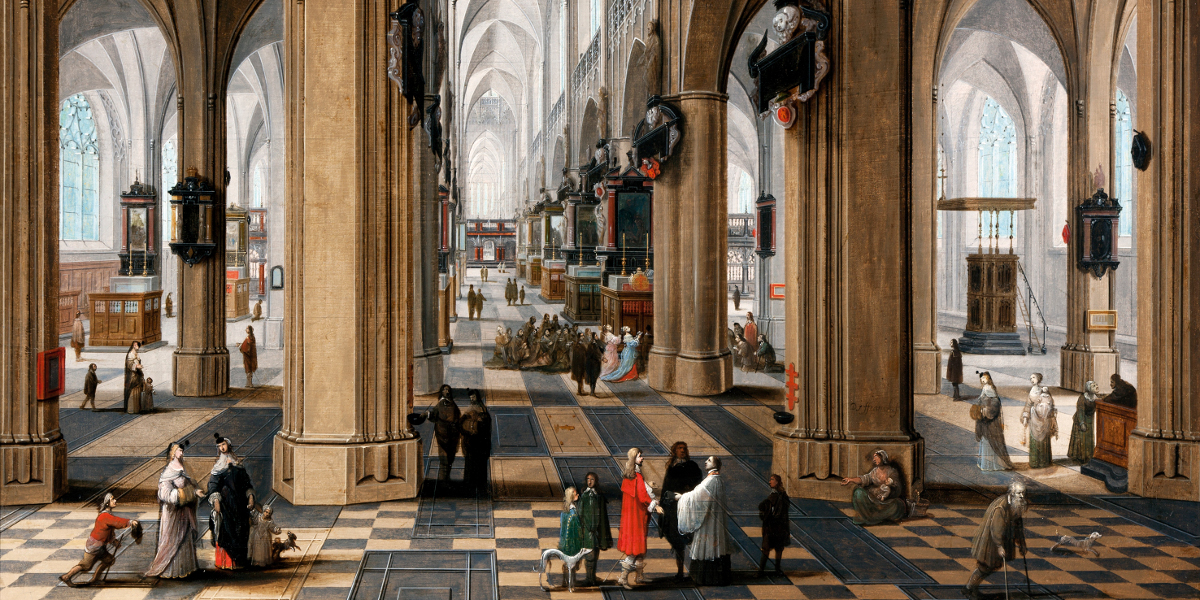
Peeter Neefs the Elder and Frans Francken II – A church interior with elegant figures strolling and figures attending mass c.1630s, Antwerp oil on wood panel.
This work, a high point in Flemish painting, is housed at Slade’s workplace, the Art Gallery of South Australia. She is keen to note the building’s buttress forms, shown earlier in the Moreton Bay fig roots at the botanic gardens.
The painting is believed to represent the interior of a Catholic cathedral in Antwerp.
“Just as architecture is a collaboration – you can’t build a building on your own – this was made with a collaboration of Peeter Neefs and Frans Francken, with Neefs painting the architecture, and Francken painting the figures,” Slade explains.
“It’s quite typical of the sort of architectural paintings of the time.”
This painting was done on timber.
“You find paintings on timber because often they were part of a building; they were part of the interior architecture.”
The Palm House – Adelaide Botanic Gardens
The Palm House is certainly a building, but it’s the opposite of the building it was meant to be. This Victorian gem is also thought to be the only building of its kind left in Australia.
“One of the things I love is that it’s not a palm house,” says Slade.
“I like things that pretend to be one thing and actually end up being another.
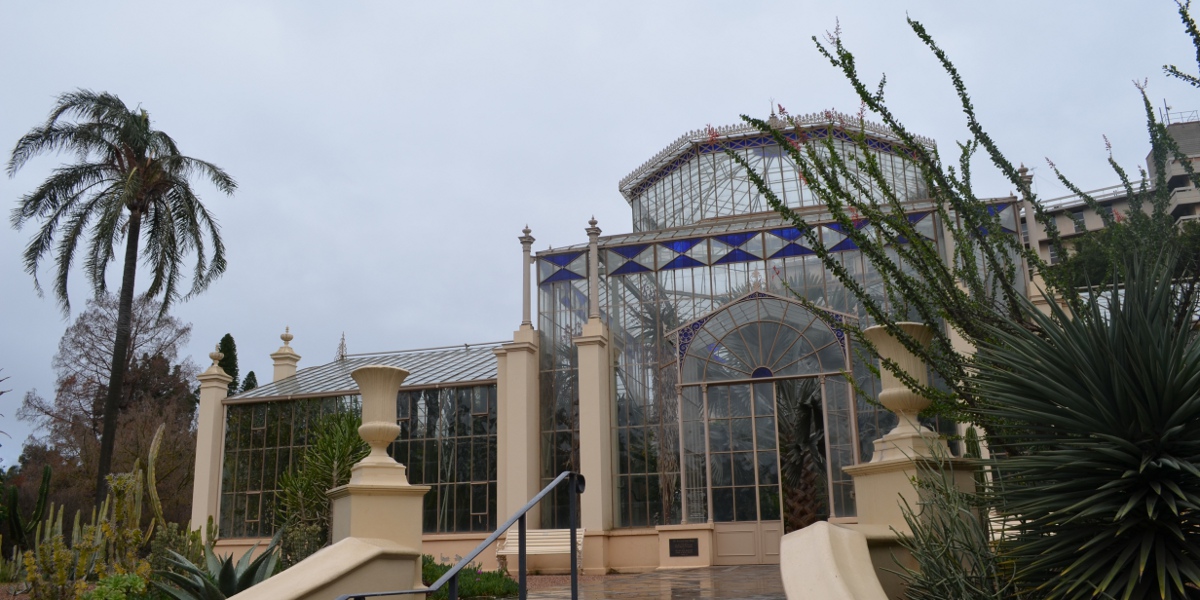
The Palm House in the Adelaide Botanic Gardens is the last remaining glasshouse of its kind in the country. Photo: Bension Siebert / InDaily
“The building itself was really inspired by a whole movement that was happening from 1851 onwards, and that was when the Crystal Palace was erected.”
The Crystal Palace in London housed the Great Exhibition – the very first World’s Fair during the industrial revolution.
The Palm House was built in Germany during the 1870s and survived the journey to Adelaide.
It was originally designed as the name suggests – a glasshouse to support palm trees and other tropical plants in Adelaide’s dry-summers climate.
It utterly failed in that role.
“What we have in here is the third incarnation of what’s been existing in this Palm House since it was opened,” Slade explains.
“The first incarnation was intended as a palm house but it ended up not being suitable.
“The second was as a fern house, and likewise it ended up as not the right environment. Now, thirdly, we’ve ended up with plants that originate from Madagascar.”
*Alain de Botton, from his excellent novel, How Proust Can Change Your Life.
**You can also read others in our #ADLarchigram series: Keith Conlon’s favourite buildings and On your bike: Adelaide’s best buildings. Next week we’ll have Lord Mayor Stephen Yarwood.
The People’s Choice Top Ten Adelaide Buildings will be collated from the buildings you name in the comment section below. You can get involved on Twitter or Instagram by using the #ADLarchigram hashtag, or take the #ADLarchigram walking tour.
